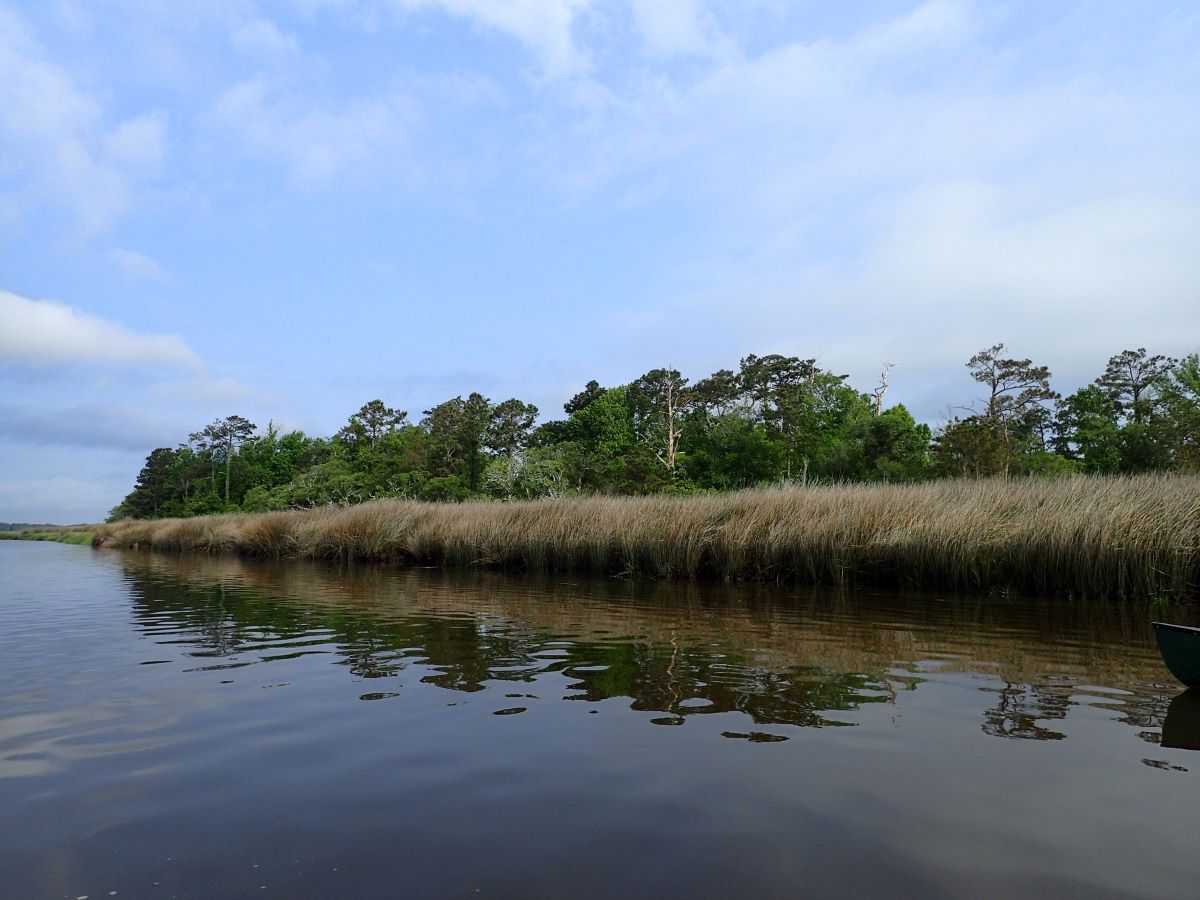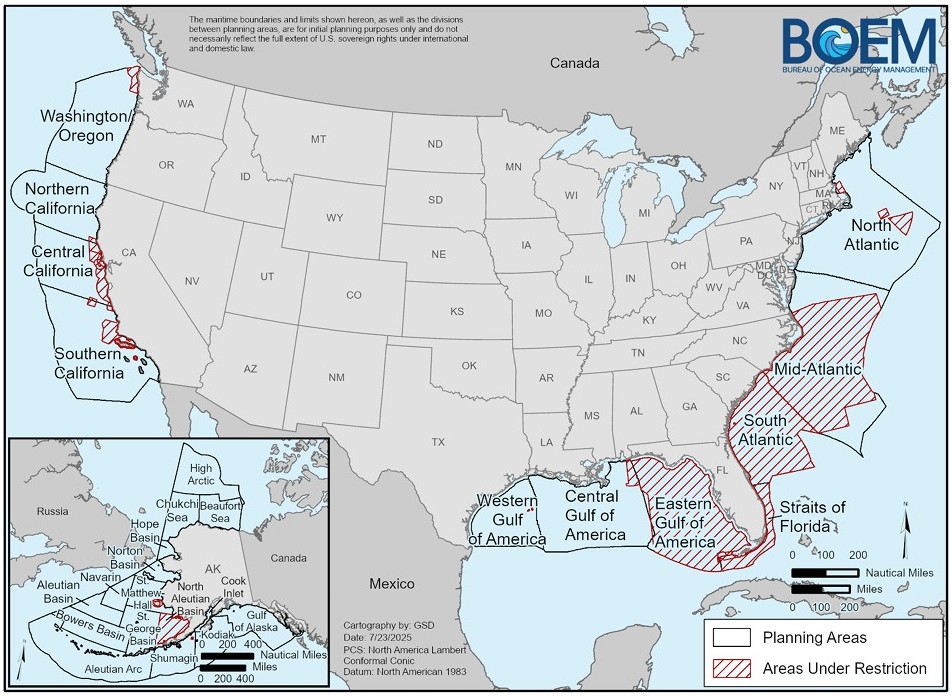
Hundreds of acres once owned by a timber company and stretching for miles along the Newport River will be conserved and restored through a partnership of environmental nonprofits.
The North Carolina Coastal Land Trust recently transferred ownership, with restrictions, of a little more than 1,400 acres along Mill Creek Road in Carteret County to the North Carolina Coastal Federation, officially kicking off a multi-year collaboration to enhance the water quality of a river listed as one of the most endangered shellfish growing areas in the state.
Supporter Spotlight
It’s a joint effort aimed at improving habitat on the land and in the water, one that highlights how what happens on land affects the water bodies running through it.
“I think it’s just a great opportunity for our two organizations,” Coastal Land Trust Executive Director Harrison Marks said. “We do a lot of work in the same space. Our strength is in acquiring land and the federation has worked on other types of restorative activities so we feel like coming together on this was a real win both organizations and the public.”
Coastal Land Trust purchased the 1,436-acre tract from Weyerhaeuser Co. a year ago. The tract stretches 4 miles along the river and Little Creek Swamp and is rich with estuarine marsh, managed loblolly pine forest, bottomland hardwoods and a rare coastal fringe evergreen forest, which is similar to maritime forest on barrier islands.
The land is also adjacent to the Croatan National Forest, a sprawling 160,000 acres marked by pine forests, saltwater estuaries and pocosins.
The Croatan was once home to 60,000 acres of native longleaf pine, a species that has dwindled from 90 million acres across the Southeastern coastal plain from Virginia to east Texas to now just over 5 million acres thanks to development, logging and fire, or, in the case of longleaf pines, the lack thereof.
Supporter Spotlight
Longleaf pine forests thrive on routine fires to keep healthy, but decades of efforts to curtail forest fires only harmed these woodlands.
Janice Allen, Coastal Land Trust senior land adviser, said the organization would like to see longleaf pine flatwoods restored within the tract if possible.
“The reason for that is just the proximity to that section of the Croatan National Forest that once had red-cockaded woodpeckers. That’s the forest of their preference,” she said. “We just thought, let’s work together a little bit on if there’s areas that can be planted back in longleaf.”
Red-cockaded woodpeckers have been on the endangered species list since 1970.
Todd Miller, senior adviser to Coastal Federation Executive Director Braxton Davis, said expanding longleaf pine habitat would be “great” because it was the natural forest cover in many areas there and “take the pressure off by creating more habitat for the endangered red-cockaded woodpecker.”
But the primary focus of the Coastal Federation, which publishes Coastal Review, is to restore natural hydrology back into a landscape that had been used for commercial timber growth for years.
“That required over the years ditching and, in places, lowering the water table,” Miller said.
Establishing more natural hydrology on the landscape will mean better water quality and fewer problems with surges of stormwater flowing into the river during heavy rainfall and extreme rain events, he explained.
Work will include negating the ditches and blocking off drainage, which will allow the land to regenerate with natural forest cover.
“This is an opportunity to essentially create around a 3,000-acre water quality buffer along the river and the hard work that the land trust did negotiating the acquisition is very much welcome,” Miller said.
The federation is in the process of mapping out the ditches on the land in what has been tapped as Phase 1 of a joint, multi-phase initiative along the river.
Allen said another tract spanning 593 acres along Mill Creek Road and upstream from the land purchased in the first phase is under contract. The organization hopes to close on that tract by late fall.
“And anything else we get under contract we’ll talk about at that point, but we’re working on trying to get other tracts of land hopefully protected along the Newport River,” she said. “I think it’s something that makes a whole lot of sense from the fact that it’s using the expertise of both of us, both organizations. We do a lot of land conservation and they do a lot of wetlands restoration so I think it’s perfect when we’ve got a partnership like this that can worth together on both ends.”
The land was purchased with money from a host of funding sources, including the N.C. Land and Water Fund, U.S. Fish and Wildlife Service’s North American Wetlands Conservation Act grant program, the Coastal Federation and the Department of Defense’s Readiness and Environmental Integration Program.
The Phase 1 tract lies within a military transit route between Marine Corps Air Station New River in Jacksonville and a training bombing range at Piney Island as well as near helicopter turf routes in Carteret County and in a flight holding pattern for nearby Marine Corps Air Station Cherry Point.







